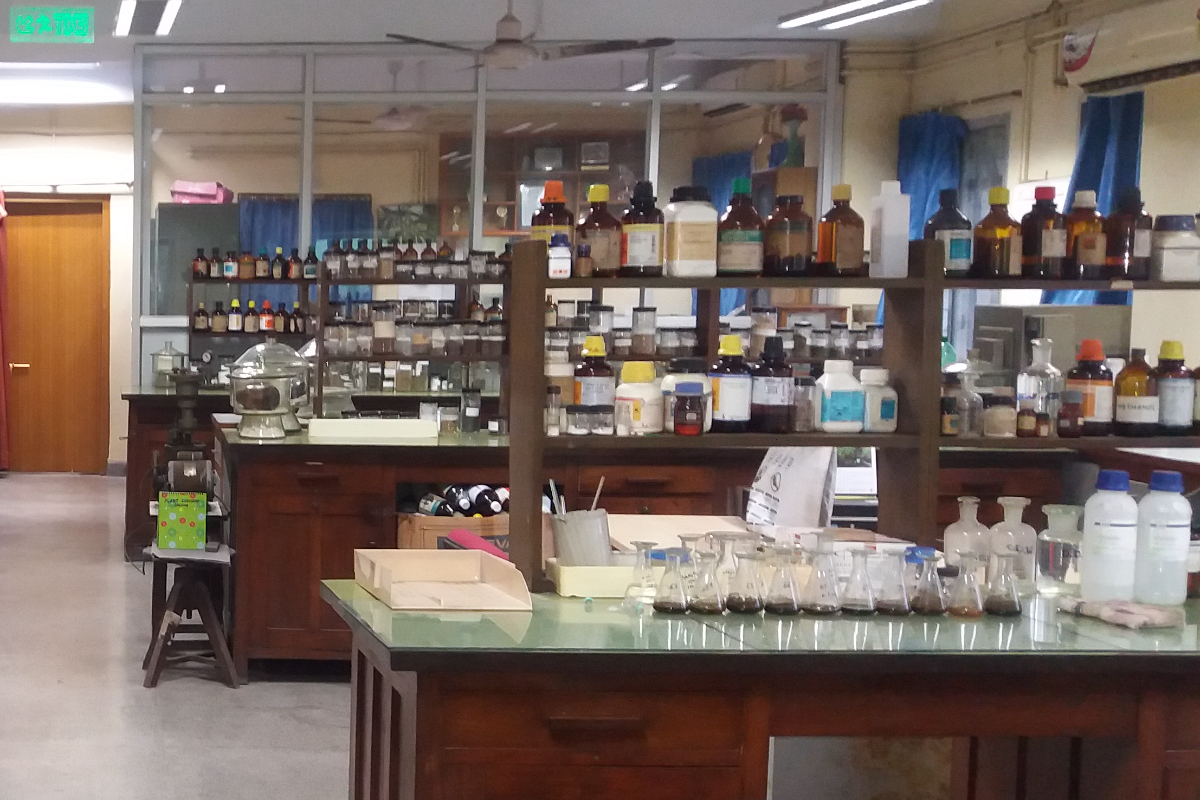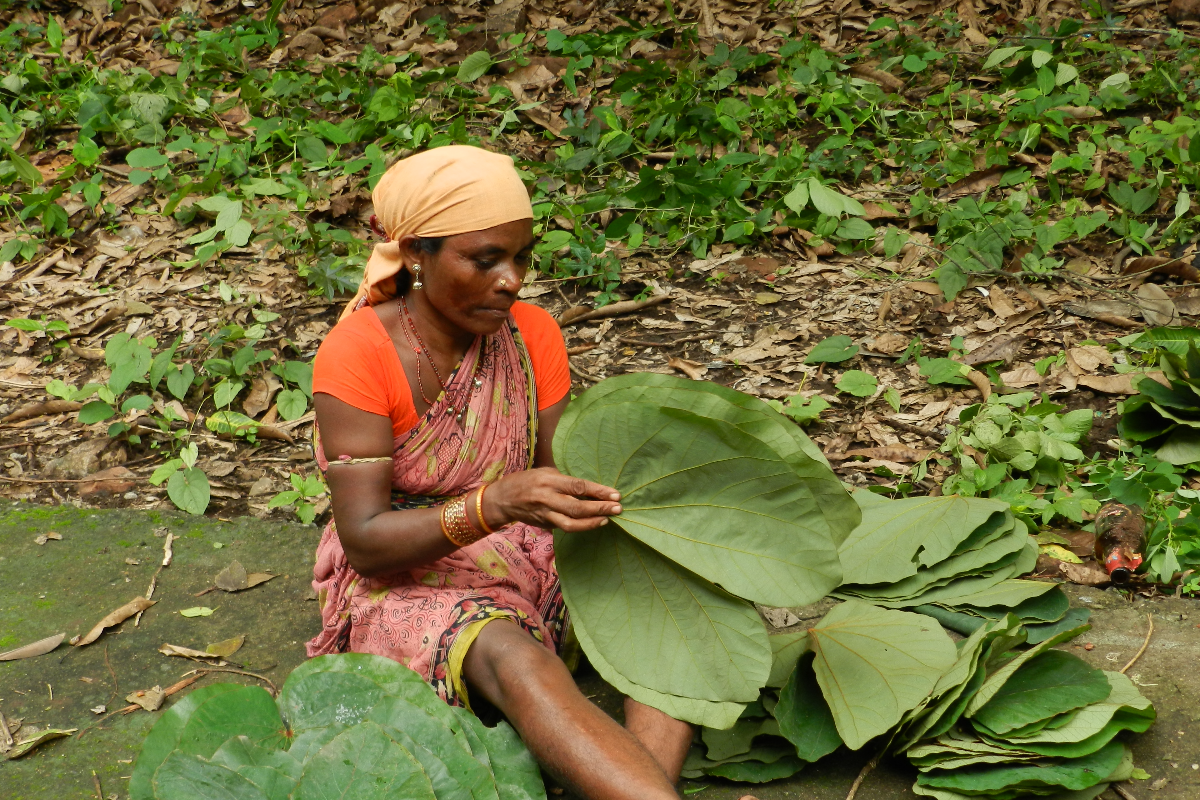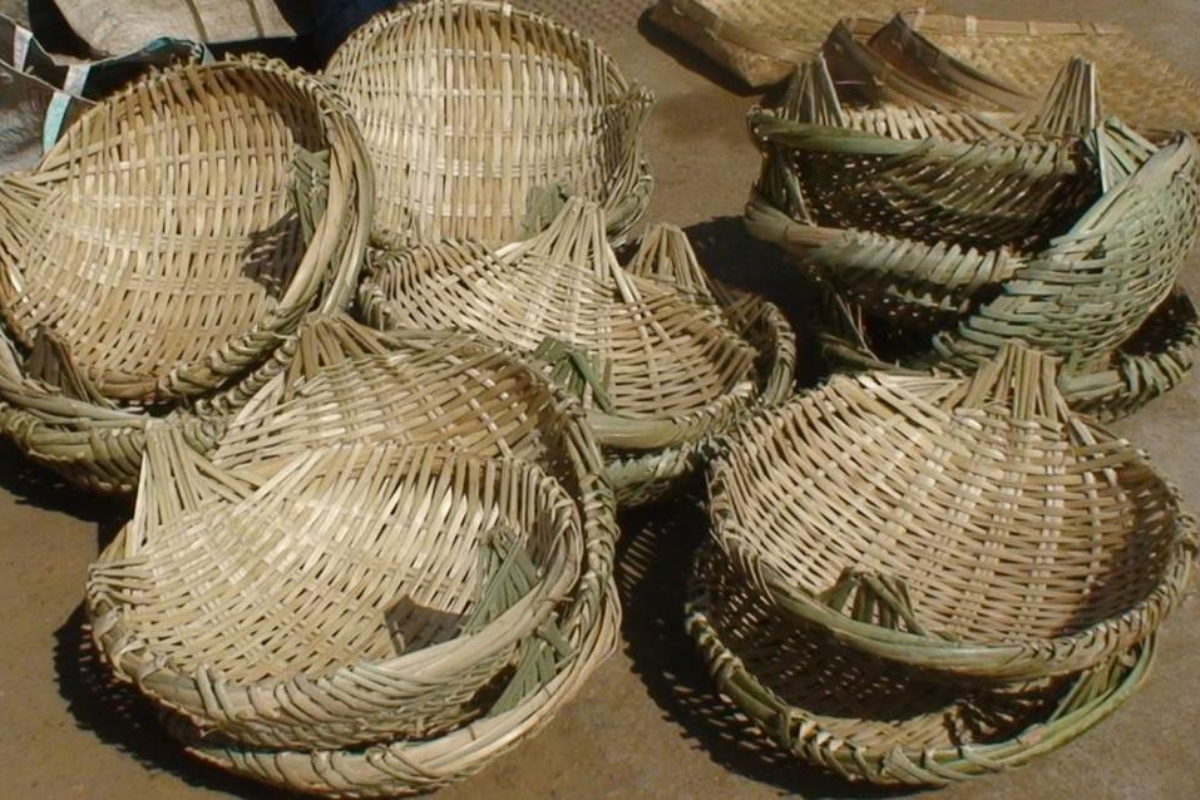Central Botanical Laboratory, Howrah







Ethnobotanical gallery of CBL is treasure trove having a vast and diversified collection of more than 7500 exhibits which include Dyes, Edibles, Ethnomedicines, Extracts, Fiber, Gum, Lac, Oil, Oil-cake, Resin, Rice varieties, Rubber, Wood, etc.
CBL also has collection of different tribal artifacts of various traditional uses like, fish catching equipments, bird catching equipments, baskets, hats, kitchen articles, brooms, rain-coats and toys made up of different type of woods, bamboos and grasses.
CBL ethnobotanical gallery attracts students / researchers / foresters /visitors across the country to gather knowledge about ethnobotany. Scientists deliver lectures, power point presentations among the visitors highlighting indigenous knowledge and ethnic uses of enormous plant wealth of the country. CBL also actively participated in various exhibitions held at different places in India from time to time and displayed these artifacts and exhibits to disseminate the traditional and local knowledge of indigenous people and their life patterns to urban people.
